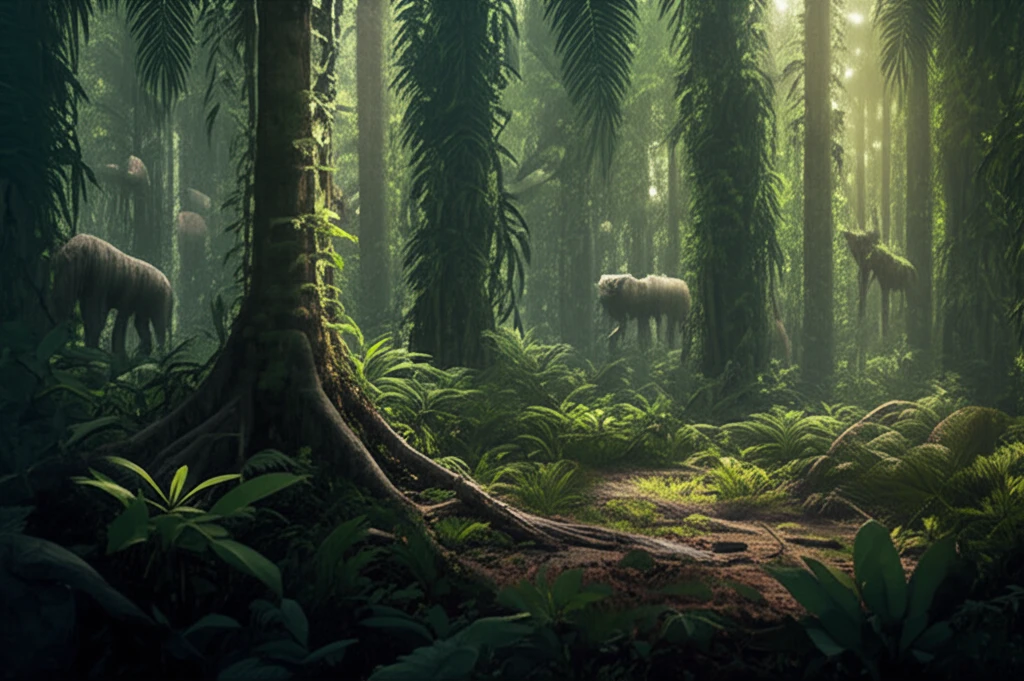
Is Your Landscape Safe? Discovering the Oil Palm Threshold That Threatens Wildlife
"New research reveals critical limits in oil palm cover that could drastically alter mammal communities—find out how to protect biodiversity in agricultural landscapes."
Human activities have reshaped landscapes worldwide, often at the expense of native habitats and biodiversity. The conversion of grasslands, forests, and wetlands into cultivated lands has emerged as a primary driver of biodiversity loss. Among these transformations, the expansion of oil palm plantations has raised significant concerns, particularly in regions like Southeast Asia, where vast tracts of native forest have been cleared to make way for this lucrative crop.
In Latin America, oil palm production is rapidly expanding, with Colombia at the forefront. While much of this expansion has occurred on previously transformed lands, the potential impacts on local biodiversity remain a critical question. Understanding how much land can be allocated to oil palm cultivation without jeopardizing local fauna is essential for conservation efforts.
Ecological communities are intricately linked to the landscapes they inhabit. Factors such as natural cover and habitat configuration play vital roles in the long-term survival of species within agricultural landscapes. Notably, species responses to land use change are not always linear; some species exhibit threshold responses, where drastic population declines occur once certain environmental conditions are surpassed. Identifying these thresholds is key to effective management and conservation planning in human-dominated landscapes.
Unveiling the Critical Threshold for Mammal Conservation

A recent study delved into the Llanos region of Colombia to pinpoint potential thresholds in mammal species richness and community composition in response to increasing oil palm cover. Researchers deployed camera traps across 56 sites, each spanning approximately 220 hectares, to detect various species. Segmented regression and Threshold Indicator Taxa Analysis (TITAN) were employed to identify these critical thresholds.
- Negative Impact: Increasing oil palm cover negatively affects mammal species richness.
- Community Shift: Significant compositional changes occur when oil palm cover reaches 45-75%.
- Sensitive Species: Squirrels, agoutis, spiny rats, and common opossums are particularly vulnerable.
- Tolerant Species: Giant anteaters, jaguarondis, white-tailed deer, and raccoons show higher tolerance to oil palm cover.
Protecting Our Natural Heritage
These findings provide invaluable guidance for designing sustainable landscapes within oil palm production areas in Colombia, promoting the conservation of terrestrial mammals. By implementing strategies that maintain a balance between agricultural land and natural habitats, we can strive to protect our planet's biodiversity for future generations.
